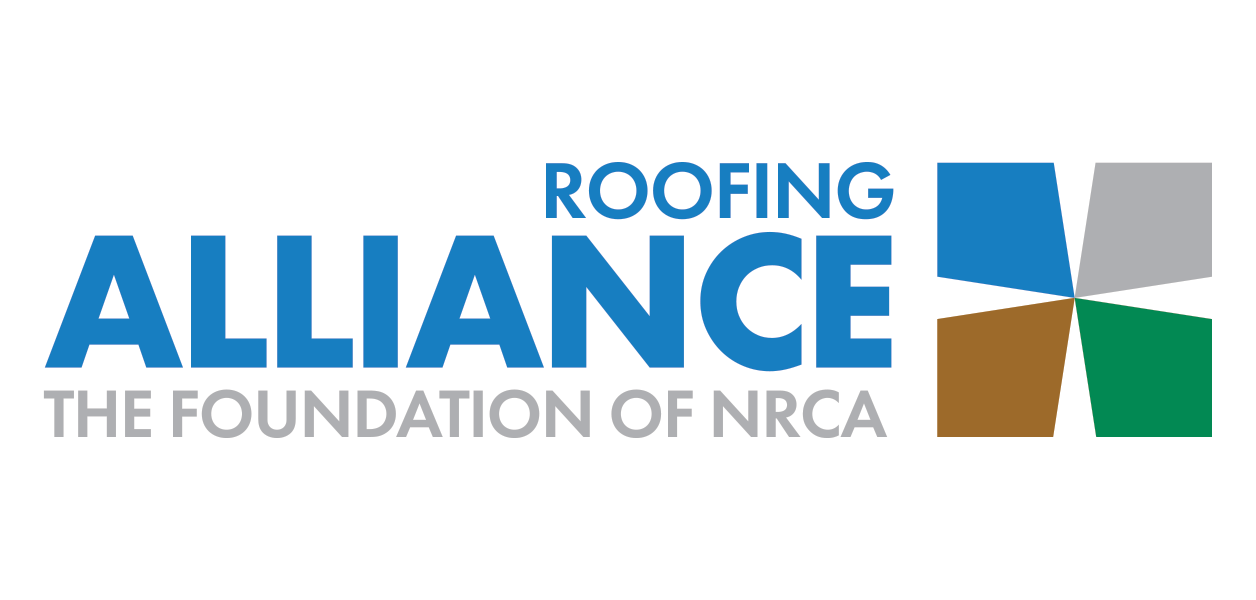As leaders, giving critical feedback to employees is inevitable. However, many people who must confront their direct reports about performance issues are afraid it may damage the relationship.
The more leaders provide critical feedback, the better they are at communicating it. But it is important to avoid certain mistakes during the process.
Harvard Business Review shares the following common mistakes new leaders make when discussing performance with direct reports.
- Waiting too long to have the conversation. Performance problems typically do not improve with time and must be addressed thoughtfully to work toward a resolution. Try to give critical feedback when an issue occurs or as soon as you can after it occurs. Give the direct report a heads-up about wanting to address the issue so he or she is not blindsided by the discussion.
- Not preparing enough. Preparation is crucial for a productive conversation that includes critical feedback. Be sure you understand your employee’s responsibilities and your own expectations regarding how and when the employee should be meeting his or her goals. Provide practical examples of where expectations are not being met and how it is affecting the team or organizational goals. Focus your explanation on the work rather than the employee’s individual traits.
- Not asking the right questions. The right questions will help you reveal the source of poor performance and help you guide the employee. Ask open-ended questions such as “How are you feeling about the job?” or “How are things going in your role?” Listen actively when your employee speaks as there can be many issues affecting performance, such as personal issues, a lack of skills or a lack of clear direction.
- Making the issue about the individual. Do not begin the discussion with an adversarial tone that pits you against the employee. Focus on the work rather than the person. Try to position yourself as a facilitator between the company’s needs and your employee’s needs, capability and performance, and ask genuine questions that show you care about the employee’s development.
- Not creating a roadmap for improvement. After identifying the factors affecting an employee’s performance, work with the employee to devise a plan to address the issues discussed. Document the areas of concern and the actions he or she must take to improve performance. Include milestones and check-in dates so you can continue to provide feedback regarding the employee’s progress and help him or her with any challenges.




